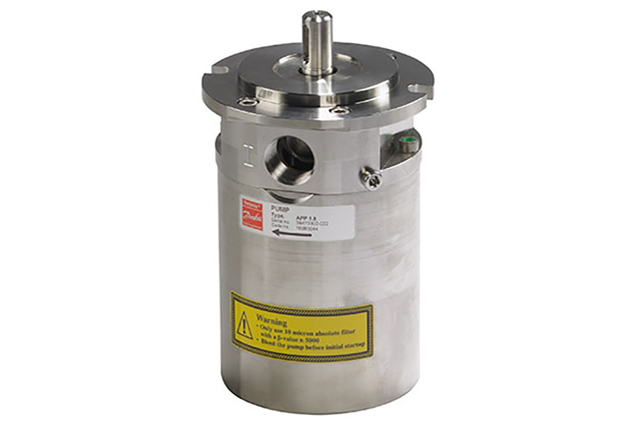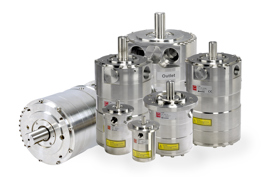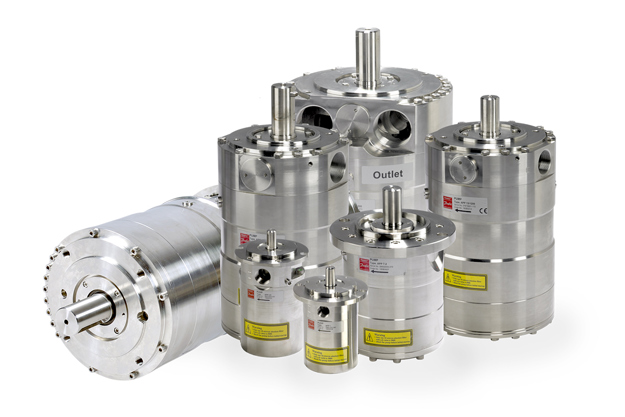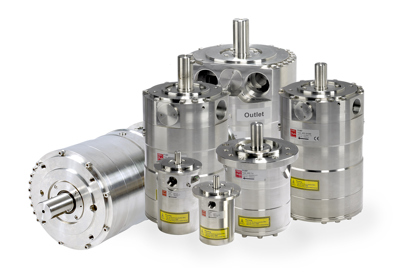One of the 700 islands that comprise the Bahamas, Elbow Cay is located far from the beaten track in the Abacos, a section of the northeastern Out Islands.
A paradise for boaters and vacationers, the remoteness of the location presents special challenges for SWRO plants. In a place where the repairman has to fly or sail in, low maintenance and long life are key requirements for critical components – and an ideal testing ground for the reliability of APP pumps.
Related products
-
if (isSmallPicture) {


 High-pressure pumps for reverse osmosis applications
High-pressure pumps for reverse osmosis applicationsHigh-pressure pumps for land based, off-shore and marine reverse osmosis applications




